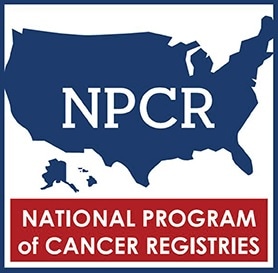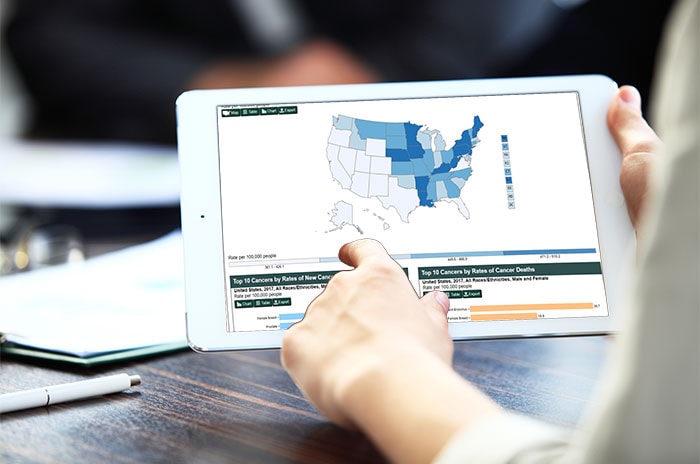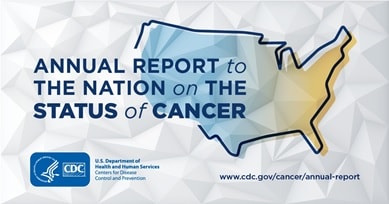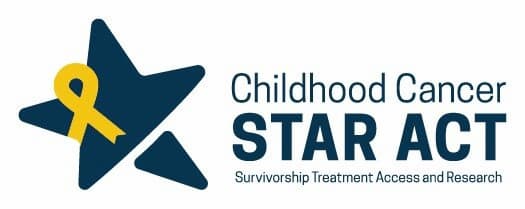About the Program

Citing the need for national cancer incidence data for local, state, and regional health planning, the U.S. Congress established the National Program of Cancer Registries (NPCR) in 1992 by enacting the Cancer Registries Amendment Act. This law authorized CDC to provide funding and technical assistance to statewide, population-based cancer registries and established CDC’s national cancer surveillance system.
Before NPCR was established, 10 states had no registry, and most states with registries lacked the resources and legislative support they needed to gather complete data. Section 301 of the Public Health Service Act [42 U.S.C. 241] authorized NPCR registries to collect data on cancer occurrence (including the cancer type, extent, and initial treatment) and supported states and territories to—
- Improve existing cancer registries.
- Plan and implement registries where none existed.
- Develop model legislation and regulations for states to enhance the viability of registry operations.
- Set standards for data completeness, timeliness, and quality.
- Provide training for registry personnel.
- Help establish a computerized reporting and data-processing system.
Today, through NPCR, CDC supports central cancer registries in 46 states, the District of Columbia, Puerto Rico, the U.S. Pacific Island Jurisdictions, and the U.S. Virgin Islands. These data represent 97% of the U.S. population. Together with the National Cancer Institute’s (NCI’s) Surveillance, Epidemiology, and End Results (SEER) Program, CDC’s NPCR collects data for the entire U.S. population. This information allows researchers, doctors, policy makers, public health professionals, and members of the public to monitor the burden of cancer, evaluate cancer prevention and control programs, and identify needs for additional efforts at national, state, and local levels.
Cancer Registries Provide High-Quality Cancer Data

Supported by CDC’s NPCR, NCI’s SEER Program, or both, central cancer registries collect incidence data. Mortality data from CDC’s National Center for Health Statistics are added to provide a complete picture of cancer cases and deaths in the United States.
Medical facilities such as hospitals, doctor’s offices, and pathology laboratories send information about cancer cases to cancer registries. Most information comes from hospitals, where highly trained cancer registrars transfer information from the patient’s medical record to the registry’s computer software using standardized codes. The data are then sent to the central cancer registry.
Every year, the central cancer registries electronically submit demographic and clinical information about cancer incidence to NPCR or SEER. None of this information identifies individual patients.
To understand and address the nation’s cancer burden, the cancer registry data are used to—
- Monitor cancer trends over time.
- Show cancer patterns in various populations and identify high-risk groups.
- Guide planning and evaluation of cancer control programs.
- Help set priorities for allocating health resources.
- Advance clinical, epidemiologic, and health services research.
You can see the latest and historical data in the U.S. Cancer Statistics Data Visualizations tool.
Software for Collecting and Processing Data
Since 1996, CDC has developed software programs to make the process of collecting and processing data more efficient and accurate for medical facilities and registries. CDC offers these software programs, which are compliant with national standards, free of charge to the public health community.
Data Release Activities
The more accessible, discoverable, and usable data are, the more impact they can have. One of NPCR’s goals is to release cancer data to public health planners and others to monitor the burden of disease and to implement cancer prevention and control programs. Each year, several tools are updated to include the most recent cancer data.
Addressing Cancer Burden and Risk Factors
CDC, often in collaboration with partners, uses the NPCR data to conduct epidemiologic studies on cancer burden and trends. You can search for articles using NPCR data authored by researchers from CDC’s Division of Cancer Prevention and Control using the Cancer Research Citation Search Tool.
Annual Report to the Nation

Since 1998, CDC has collaborated with the National Cancer Institute, the North American Association of Central Cancer Registries, and the American Cancer Society to publish the Annual Report to the Nation on the Status of Cancer.
Cancer Surveillance Modernization
To improve the quality of data in cancer registries and expand the data’s usefulness, CDC has initiated many cancer surveillance expansion activities. Examples include—
The Cancer Surveillance Cloud-based Computing Platform
NPCR is developing a new cloud-based computing platform specifically for cancer data. NPCR’s Cancer Surveillance Cloud-based Computing Platform will speed up cancer data reporting. The platform will collect, process, and store all of the data that central registries routinely collect. Registries will be able to see the information in real time (as soon as it is entered into a computer) and can check to make sure it is correct.
The STAR Project

The Childhood Cancer Survivorship, Treatment, Access, and Research (STAR) Act empowered CDC to build an infrastructure that enables rapid case reporting of cancer in children, adolescents, and young adults from settings where the cancer is diagnosed into state cancer registries. As part of the Childhood Cancer STAR Project, NPCR is developing a National Oncology rapid Ascertainment Hub (NOAH) to help state cancer registries receive and analyze laboratory reports to process data faster.
Highlights from the 30-year history of the National Program of Cancer Registries.
All NPCR registries are expected to meet program standards for data quality.